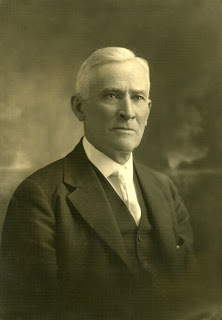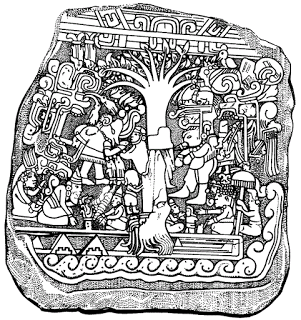How to suppress Letter VII
I’m hoping in 2017 that everyone in every Gospel Doctrine class brings up Letter VII in class. Same with seminary and Institute and BYU students. It is inexcusable that this oft-reprinted and quoted teaching has been blacklisted.
Even when people do find out about it, some scholars and educators continue trying to tell people not to believe it, as I discussed here: http://www.lettervii.com/2017/01/why-some-people-reject-letter-vii.html
Here’s an example. H. Donl Peterson wrote a book titled Moroni: Ancient Prophet, Modern Messenger. In it, he quotes often from Oliver Cowdery’s letters. He includes much of Letter VI in Appendix A. But he never tells the reader what Oliver Cowdery said about Cumorah in Letter VII.
He even gives Oliver’s description of the hill Cumorah in Letter VIII (p. 100), but avoids the description in Letter VII. In fact, Brother Peterson quotes the Letter VII paragraph directly preceding the description of Cumorah! (page 100). He stops before this passage from Letter VII:
It’s a stark omission.
No wonder members of the Church don’t know about the New York setting for the Hill Cumorah.
Brother Peterson does include some of the quotations about Joseph returning the plates to the repository in Cumorah, but he offers no comment on them.
Strangely, Brother Peterson mentions the 1829 trip from Harmony to Fayette, but he doesn’t comment on the messenger’s statement that he was going to Cumorah and so didn’t need a ride to Fayette (page 121-123). That’s been the common practice in Church-related books I’ve read. If they mention it at all, they don’t try to explain this incident.
But don’t worry, I have an awesome explanation.
🙂
Source: Book of Mormon Wars




